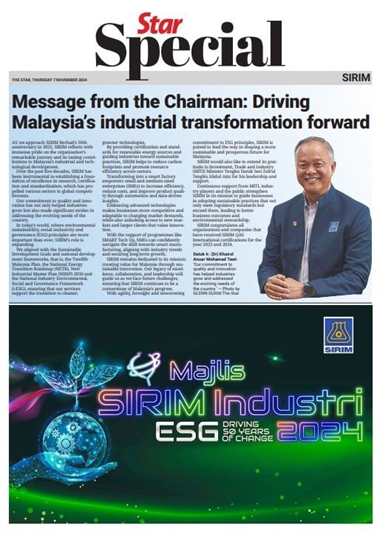
Revolutionary approach: Moulds being used to produce sponge-like microneedles which can be used in the sustained delivery of medicine to help diabetic wounds to heal. — The Straits Times/ANN/NUS
Each day, about four people face having their lower limbs amputated because of non-healing diabetic wounds in Singapore, where some 400,000 people live with the disease.
To tackle this problem, researchers from the National University of Singapore (NUS) have developed two technologies which have shown to be effective in accelerating diabetic wound healing, thus reducing the risk of amputation.
Diabetic wounds can take a longer time to heal as a result of factors such as impaired blood circulation, a weakened immune system and chronic inflammation.
The technologies use microneedle patches to accelerate diabetic wound healing in preclinical models by preserving the functions of growth factors – proteins that stimulate cell growth and tissue repair – and wound healing.
Microneedles are miniature needles whose tips can be as thin as one micrometre, or 0.001mm – which is less than the width of a human hair.
They are also used in dermatology to treat acne scars and facial wrinkles.
The team that developed the two innovations is led by Assistant Professor Andy Tay from the biomedical engineering department at NUS’ College of Design and Engineering. — The Straits Times/ANN









































